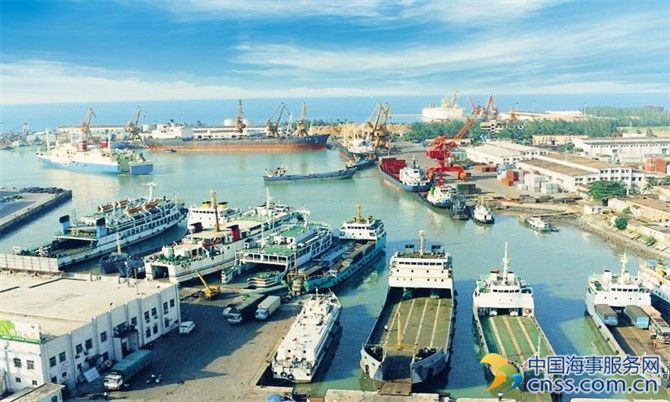Iron ore rally fires up Rio Tinto’s commodity merry-go-round: Russell

It’s the stuff of dreams for mining company bosses: high prices and strong production that can be sold into a rally.
Iron ore has been the standout so far in 2017, and as the steel-making ingredient surged to its highest level in three year above $90 a ton, so too will profits at the three major producers, Brazil’s Vale and the Anglo-Australian pair of Rio Tinto and BHP Billiton.
Investors have already had a little taste of what may come, with Rio raising its dividend above market expectations when it released results last week.
The miner increased its payout to $1.70 a share and announced a $500 million share buyback, meaning it is paying out about 70 percent of its underlying earnings to shareholders.
If the company continues with that sort of payout ratio, shareholders may be in for a bonanza, so long as iron ore, which accounts for about 90 percent of Rio’s earnings, holds up.
A back-of-the-envelope calculation looks something like the following:
Rio aims to produce about 340 million tonnes of iron ore in 2017. Given a cash cost per ton under $15 a ton, it’s likely that Rio can get a ton delivered to China with all taxes, royalties and charges paid for something under $30 a ton.
If the iron ore price averages $75 in 2017, which so far looks to be a conservative forecast, it means that Rio could potentially make a profit of about $45 a ton.
That translates into total profits from iron ore in the region of $15.3 billion, equating to about $11.17 a share.
Now, it’s unlikely that Rio would decide to return all that cash to shareholders, with some likely to go toward retiring debt or funding new capital expenditure.
But what is clear is that if iron ore holds its gains in 2017, Rio, and its main competitors, are likely to be extremely strong generators of cash.
WITH CASH COMES RISKS
Perhaps the Big Three can now even live up to the promise of strong returns made in the period around 2010-11, when iron ore prices were strong and instead of returning cash to shareholders the miners decided to relentlessly expand production.
This resulted in five years of declining iron ore prices, and struggles for the shares of Rio and its competitors, with Rio dropping from above A$88 ($66) a share in February 2011 to a low of A$37.03 in February last year.
Rio shares have enjoyed robust gains since then, jumping 85 percent to a close of A$68.40 on Wednesday in Sydney. It’s a similar story at BHP, with its shares having gained 84 percent from its January 2016 low to Wednesday’s close of A$26.53.
However, while the current situation is clearly bullish for the iron ore miners, there are risks.
The main risk is that iron ore prices slip back to what the market believes is more sustainable in the long run, somewhere around the $60 a ton mark.
The key is to watch China’s imports and any signs of its domestic iron ore mining sector reviving.
So far imports are holding up well, with January’s 92 million tonnes the second-highest on record and a 12 percent gain from the same month a year ago.
But inventories are high and there are signs that the authorities in Beijing are serious about cutting excess steel capacity and limiting pollution from burning coal in blast furnaces to make steel.
Even if iron ore prices retreat, it’s unlikely they will return to the lows of last year when they came precipitously close to $30 a ton.
This means the miners will still likely have plenty of cash. Investors will no doubt be keen to get their hands on some of it, given the long wait for returns to arrive, but what happens once dividends have been lifted.
Money tends to burn a hole in one’s pocket, and mining companies have proven no different to feckless individuals when it comes to spending.
Equity analysts are likely to start pressurizing mining bosses to show where the next stream of growth is coming from, and just running operations as efficiently as possible is unlikely to sate demand for executives to be seen to be doing something to boost growth.
We may well end up with a repeat of the situation of ill-advised mergers and acquisitions, or heavy capital spending on commodities where there is a perceived undersupply, thus driving them into oversupply.
There is no doubt mining and selling commodities is a cyclical business, and we may just be at the start of the next cycle of rising profits followed by investment decisions that in hindsight look somewhat dodgy.
Source: Reuters (Editing by Tom Hogue)
HEADLINES
- Do shipping markets want Biden or Trump for the win?
- All 18 crew safe after fire on Japanese-owned tanker off Singapore
- Singapore launching $44m co-investment initiative for maritime tech start-ups
- Cosco debuts Global Shipping Industry Chain Cooperation Initiative
- US warns of more shipping sanctions
- China continues seaport consolidation as Dalian offer goes unconditional